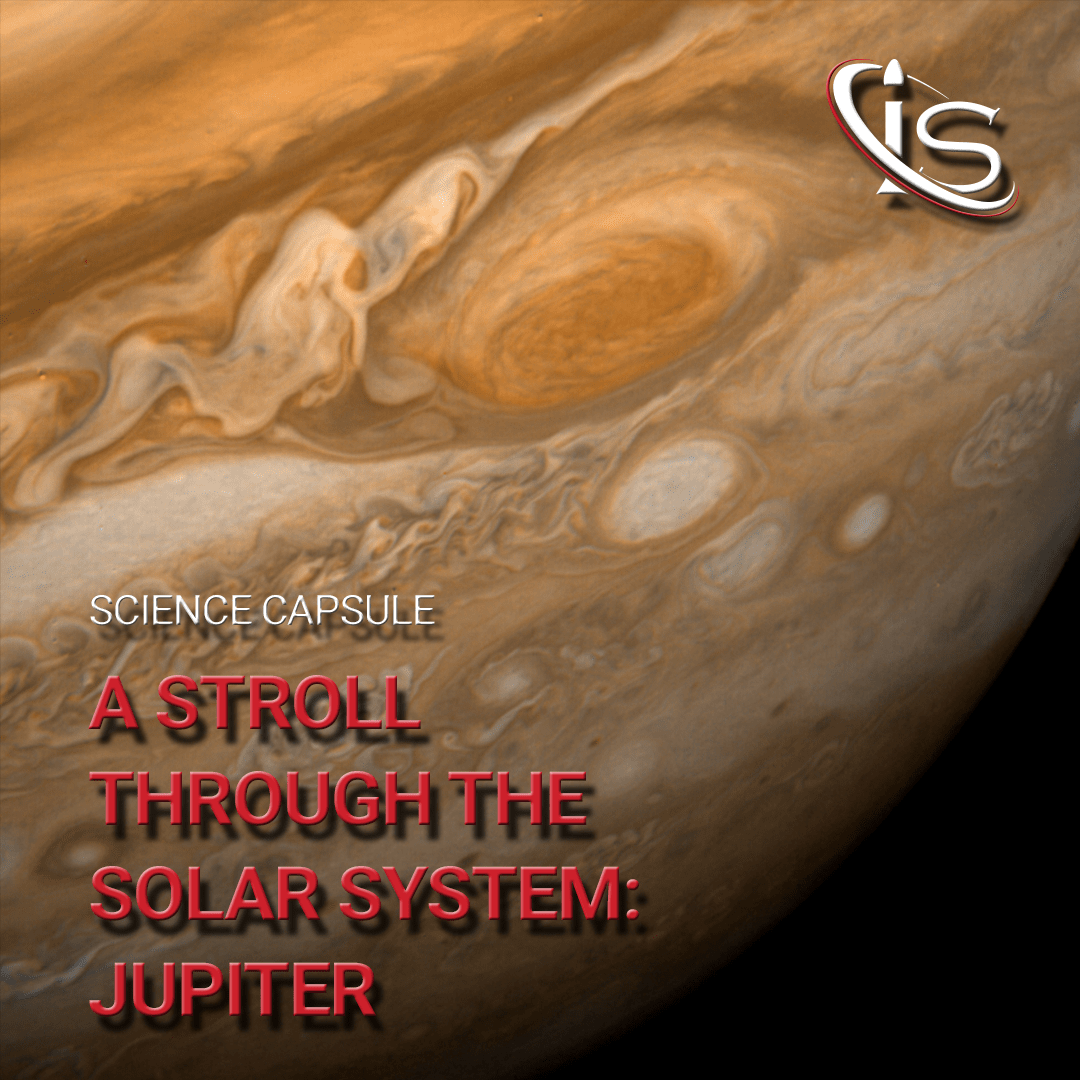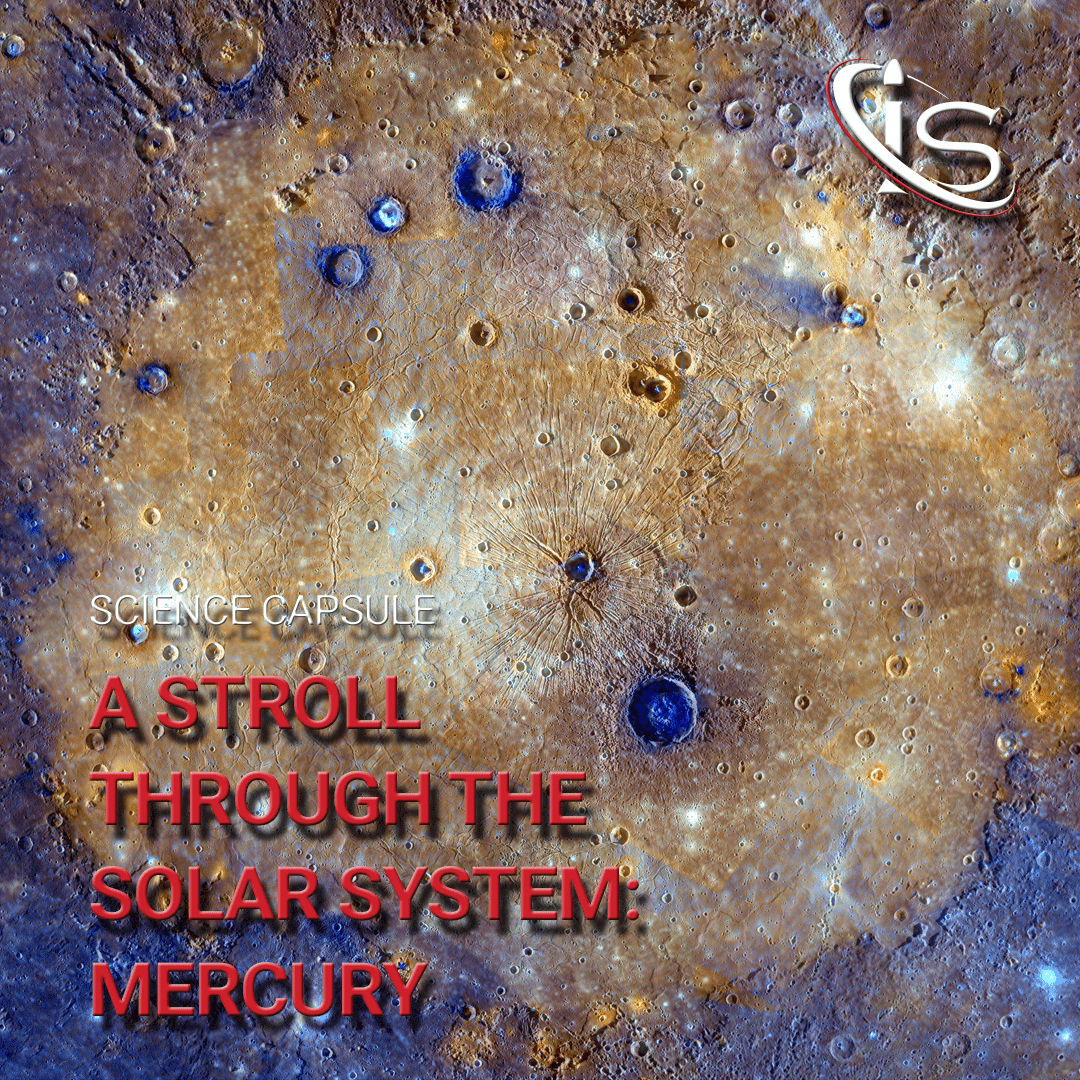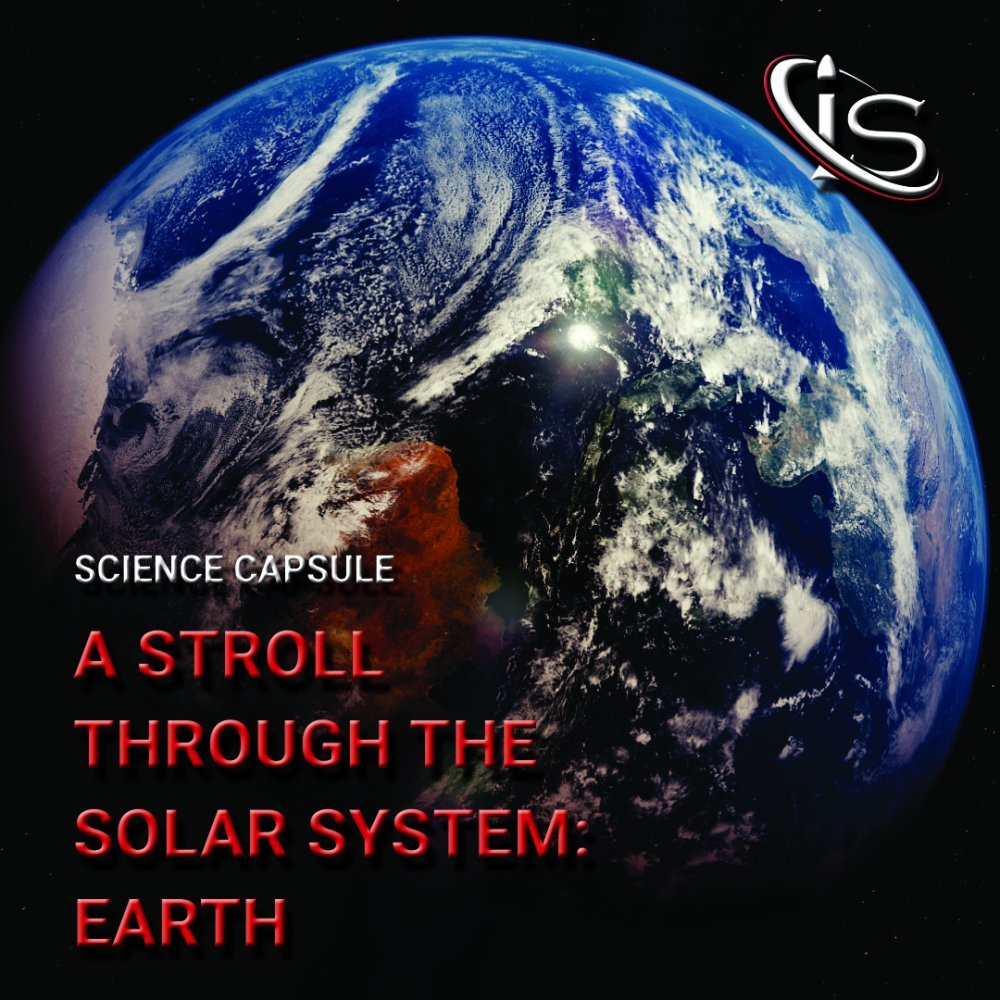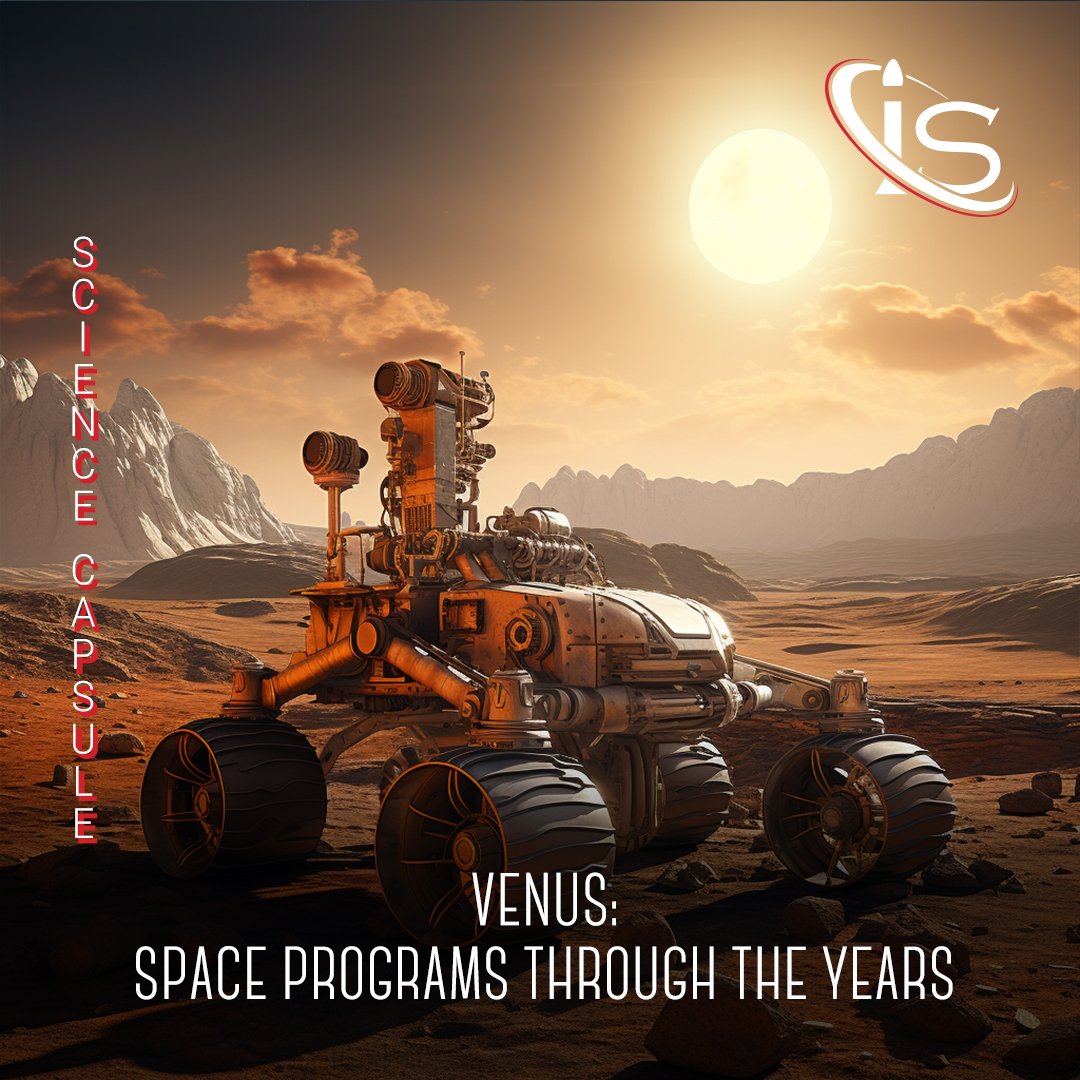Welcome back to part two of our stroll through the Solar System. And, while the name might not be as catchy as Raj’s Walk Through the Stars from the Big Bang Theory, I believe it is fun enough to stick with. Anyway, much like two comes after one, Venus comes after Mercury. Fair warning, this is my absolute favorite of the planets, as I have a special place for it in my heart. Not only was this the topic of my eighth-grade research project, but Venus also has some of the most unique features of any celestial body in the Solar System. But enough with the preamble; let’s get to talking about this incredible planet.
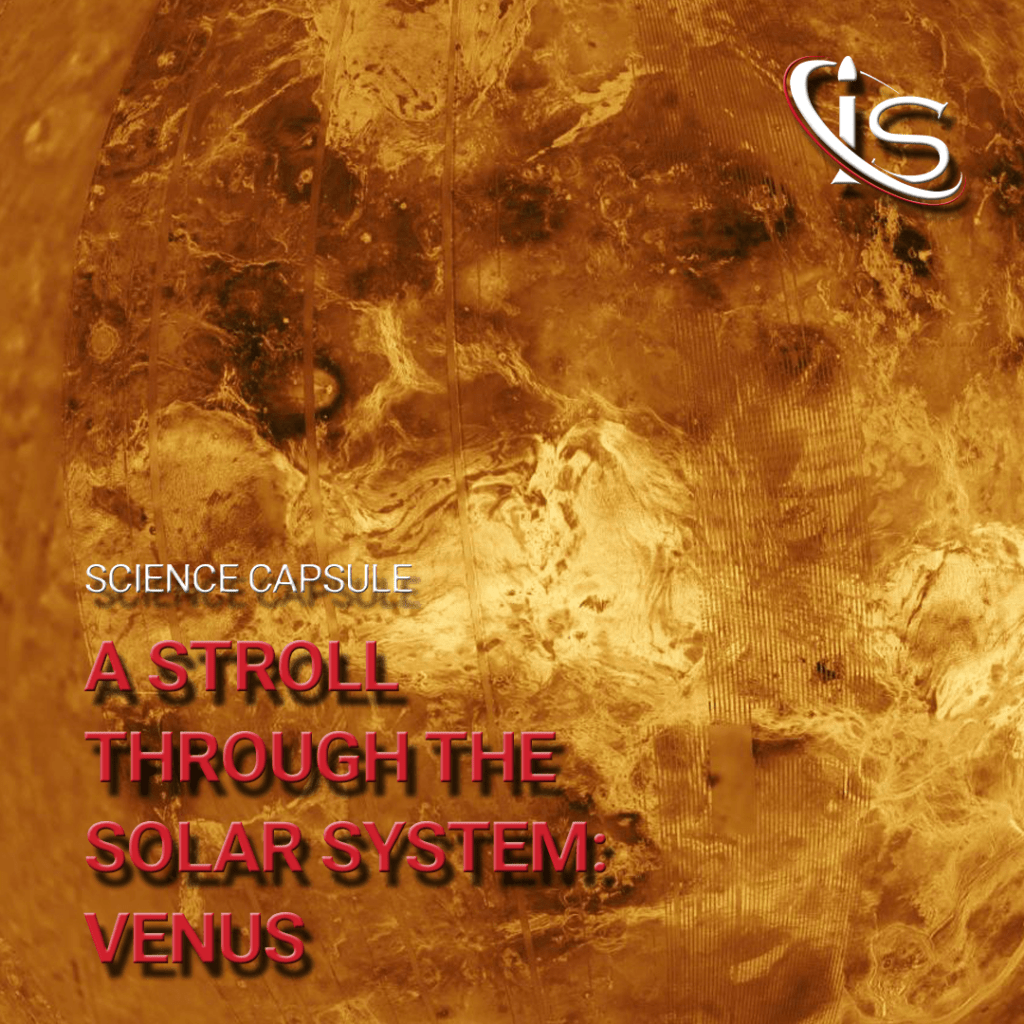
Earth’s Hotter Twin
The term “Earth’s twin” is often thrown around when talking about Venus. This is because Venus and Earth are both similar in size and density. Add to that the proximity of the two planets, and the name seems to fit perfectly. However, this term can also be quite misleading. Yes, Venus and Earth have similarities, but they are also very different. And nothing showcases their differences better than their temperatures.
The Aptly Named Planet
If any of you recall how I ended the last science capsule on Mercury, I said how Venus was the hottest planet in the Solar System. And I made a joke about how the term hottest planet is also a pun on the planet’s name. But make no mistake. There has never been a more appropriate name for a celestial body. Because a planet with surface temperatures in the 475°C range being called Venus, after the Greco-Roman deity of love, is simply too perfect. Whoever came up with this planet’s name back in ancient times must have had incredible foresight. Or maybe they were just lucky. Either way, yes, the temperatures on Venus really are incredibly high.
To put this in perspective, at 475°C, potassium and sodium are going to be melting. Lead is going to be melting. Even zinc will end up melted. And this is all on the surface of the planet!
But what exactly is the cause of this? Well, one factor is the planet’s proximity to the Sun. However, as we saw with Mercury, that alone is not enough, since a thin atmosphere would fail to trap most of the incoming heat. That is not the case with Venus, though. The atmosphere there is incredibly thick and very rich in carbon dioxide. Not to mention it contains a lot of sulfuric acid clouds, as well.
This means that, with such a high concentration of greenhouse gases, the amount of infrared radiation that will be trapped is astronomical. In fact, If Earth had anywhere close to the same amount of greenhouse gases, the temperatures here would not be too different (albeit still lower).
Hostile to Life… But Maybe not Prohibitive
Moving on from the planet’s scorching temperatures, there are many other unique traits that differentiate Venus from Earth. For one, Venus has an incredibly high concentration of volcanoes. This should come as no surprise, given the amount of sulfuric acid in its atmosphere. Still, seeing a volcano on Venus could be about as common as seeing a mountain here on Earth… depending on the estimate. While thousands of volcanoes have been discovered, the exact number is not known. The higher estimates, however, do go to the order of 1,000,000, which would be around the number of mountains here on Earth.
Another characteristic that is very different from Earth is the incredibly high surface pressure. Due to the atmosphere’s thickness, pressure on Venus’s surface is approximately 90 times that on Earth. As a point of comparison, this same magnitude of pressure would be found thousands of meters under the ocean. The sulfuric acid clouds that are present throughout the planet also cause very acidic rain. Basically, the acid rain that Earth has been getting more of, as greenhouse gases have increased due to pollution, would be nothing compared to what is regularly occurring on Venus.
All of this would seemingly point to no life possibly living on this planet. And yet, that might not be the case. In fact, scientists believe that some microbes might actually live high up in Venus’s clouds. Not only are the temperature much less prohibitive there, but phosphine has also been detected in these clouds. And since that is a possible marker of microbial life, this apparently inhospitable planet might just have some life on it, after all.
Time on Venus Is Not Quite the Same
This is where things become even more interesting, if that is even possible. We discussed how Mercury had the weird double sunrise phenomenon due to its proximity to the Sun last time. However, that is nothing compared to how days and years pass on Venus.
A regular day on Venus starts about how you would expect, with the Sun rising in the…west? Yep, you read that correctly. On Venus the Sun rises in the west and sets in the east. That is because Venus is one of the exceptions to the rule, when it comes to rotating on its axis. Instead of rotating the way Earth, Mercury, Mars, and basically every planet in the Solar System does, it rotates in the opposite direction. Curiously enough, this is not even the strangest rotation in our Solar System. But that is a topic for another day.
Still, after the Sun has risen in the west, surely things will go back to normal, right? Nope. Rotating backwards is not the only peculiar aspect of Venus’s motion. In fact, it might be the least bizarre one. That is because a year on Venus is shorter than a day on Venus. Due to its very (and I mean very) slow rotation, Venus takes a full 243 days to completely spin on its axis. Meanwhile, being closer to the Sun than Earth, it takes only 225 days to complete its orbit. Seriously, how can you not love this planet?
The Geological Marvel
Two of my favorite classes in college were Geology I and Geology II. So, it should come as no surprise that Venus’s peculiar geological traits intrigue me to no end. First off, it is the planet with by far the closest plate-tectonic-like movement to Earth’s. I chose my words here very carefully as Venus does not, technically, have tectonic plates. However, it does contain volcanoes, as we saw before. But how can that be, when volcanoes come from the subduction of one plate under another (among other phenomena)? Well, even though subduction might not be occurring, Venus’s crust definitely shows signs of activity.
In fact, with all the ridges and grooves found on the planet, it seems that geological movement must have taken place. This would also help explain the abundance of volcanoes on the planet. Unfortunately, because Venus wants to be the strangest planet whenever possible, the exact mechanics are not yet known. After all, there is still no evidence of the presence of tectonic plates. And, without new durable technology that can handle the extreme conditions on Venus, collecting rock samples and seismological data is currently impossible.
Something else that is very interesting is that Venus’s surface appears to be quite young. How young exactly is, once again, impossible to know, but estimates range between 150 Myr and 1 Byr old.
A Popular Space Spot
Because of its very distinct nature and traits, Venus has been a subject of interest for years. Not only was this the first planet to have been explored via spacecraft, with NASA’s Mariner 2 in 1962, it is also a planet that has received visits from Earth many times since. From NASA’s Magellan’s mission that mapped out the planet’s surface, to more recent ones, like ESA’s Venus Express and Japan’s Akatsuki Venus Climate Orbiter, Venus has seen it all. Unfortunately, even with the numerous efforts from multiple landing missions, with the Soviet Union being responsible for many of them, no equipment has been able to land and survive on Venus for very long. This is, once again, due to the extreme conditions on it. Still, that has not stopped scientists from trying to obtain more information about this wonderful anomaly of a planet.
In 2021 alone, three new missions were announced to help explore Venus further: NASA’s Veritas, which will launch in December 2027 or later and will focus on studying how Earth and Venus evolved differently from each other; NASA’s Davinci, which will launch sometime in the late 2020’s and will explore the atmosphere before sending a probe down to the surface to get as much data as possible prior to its inevitable destruction; and ESA’s EnVision, which will focus on taking high resolution measurements for the features of the planet’s surface, through the use of VenSar, a synthetic aperture radar provided by NASA.
The Morning Star
Before ending this science capsule, I have to mention one of Venus’s most characteristic traits: its clear visibility from Earth. In fact, if you ever look up at the night sky and spot a particularly bright star, chances are that what you’re seeing is no star at all, but our neighbor Venus. And now, when that happens, you can think about all the amazing things happening there.
I also would like to quickly go over the mythological origins of the planet’s name, that I only alluded to briefly before. Venus was the Roman version of the goddess of love, with Aphrodite being the Greek counterpart. Given this deity’s focus on beauty, I believe that its high visibility from Earth was probably the determining factor when naming this planet. After all, what planet is better suited to carrying the name of Venus if not one that has matching beauty to boot? The fact that it is also the hottest planet in the Solar System is just a little cherry on top.
This concludes our stroll. I hope you enjoyed learning more about what I firmly believe to be the most fascinating planet. And if you would like to explore the other planets around the Sun, you can check back here, at impulso.space, every Wednesday for the next stroll through the Solar System.
